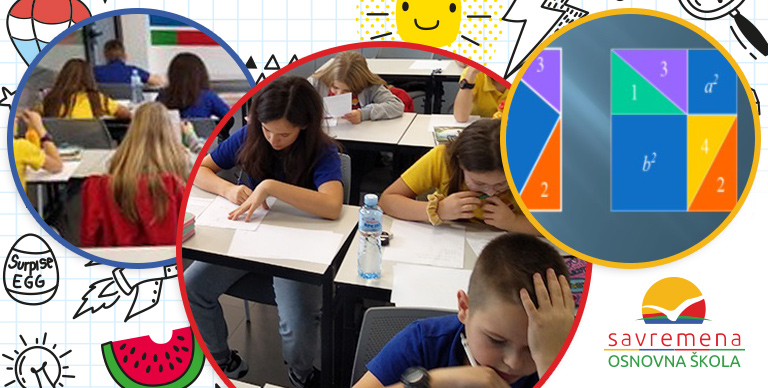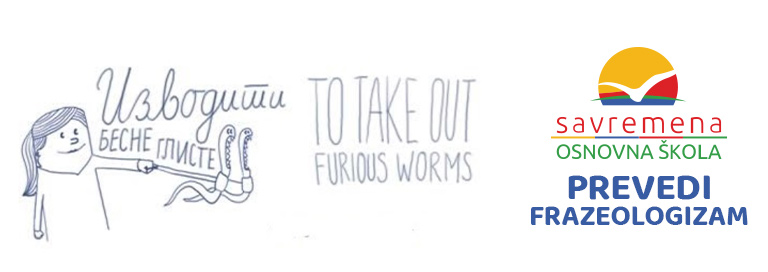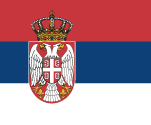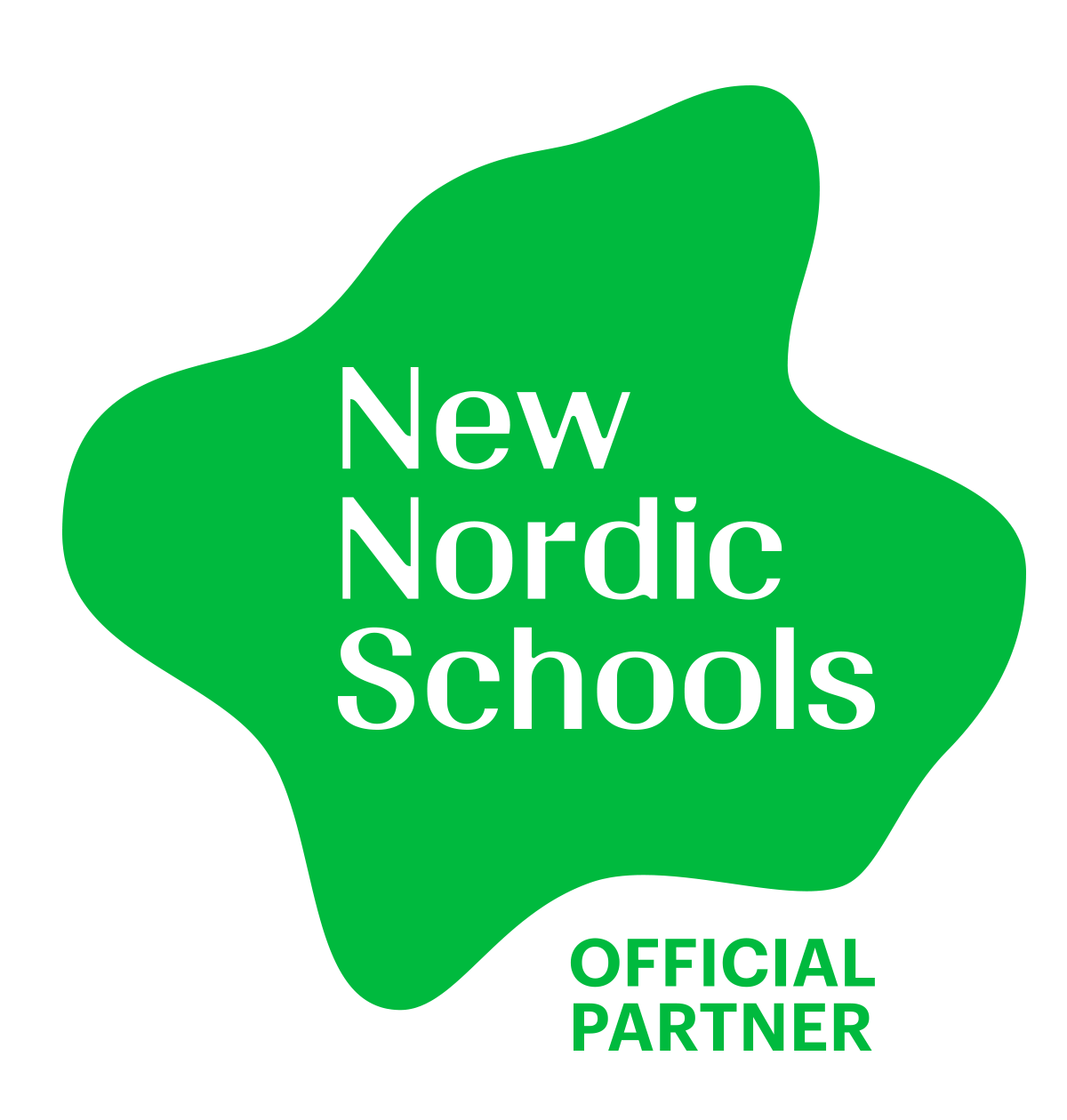
Model lesson for Year 7 students: What is the meaning behind the symbols, phrases and formulas that surround us?
Sasa Zdravkovic / / Blog, I-IV, Kombinovani, Nacionalni, V-VIII / June 13, 2021
Model lesson for Year 7 students: What is the meaning behind the symbols, phrases and formulas that surround us?
Students in class VII-1 explore idioms
Lessons at Primary School Savremena are always interesting, and some are real language and context analyses. During a Serbian lesson designed by teacher Marina Gava, the students went on a quest for signs, symbols, places and other things that surround us. The goal of the lesson was to understand and interpret different phrases.
In terms of structure and organization, model lessons are no different to regular lessons, but they are at a higher level when it comes to quality. There is nothing completely new or unknown in these lessons, but they are prepared and implemented in a way that can be used as a reference by other teachers. Savremena’s primary students had one such lesson on idioms.
At the beginning of the lessons, the students drew little pieces of paper to see which of the four groups they will be placed in. The pieces of paper contained idioms in Serbian and English, chemical symbols, and formulas (chemistry, maths). The fourth group got papers with previously arranged symbols (pharmacy sign, the overtaking permitted road sign, a smiley face, a glowing light bulb, and the RE musical note).
Then the students were asked to read what was written on the pieces of paper. (This is why their motto was: “Read as it’s written does not apply here!”). The goal was to say, for example, “humiliate someone by making them appear ridiculous” instead of “make a monkey out of someone”; to say that H20 reads as water, that the light bulb means ideas, or that “a2 + b2 = c2” is the Pythagorean theorem.
DISCOVERING LITERAL AND FIGURATIVE MEANINGS
The little ones were then asked whether some of these symbols, formulas or phrases could mean something else, i.e. whether they could be interpreted differently. As expected, the students realised that they didn’t mean anything if taken out of context.
The next task was to analyse the definition of the word idiom, (set phrase). The students learnt that the definition could be related to mathematical formulas (since you cannot use the Pythagorean theorem to calculate the area of a circle), as well as chemical and other symbols.

This method was used in order to encourage students to think of certain expressions (in Serbian or foreign languages) which they use on a daily basis without being aware of their uniformity and application in specific circumstances.
This was their second task – to think of such expressions and interpret them in the classroom, after which they provided further examples by translating Serbian idioms into English (“Dobiti nogu”, „Sisati vesla”, „Živeti na visokoj nozi”, etc.).
COOPERATION WITH OTHER TEACHERS
Maths teacher Dajana Jokić and English teacher Melanija Savić tested the students in their respective subjects. Melanija Savić discussed English idioms and looked for Serbian equivalents. For example, “once in a blue moon” translates as “S mene pa na uštap” (rarely), “black sheep” is the same as the Serbian “crna ovca”, and so on.
Dajana Jokić discussed well-known mathematical formulas that are used in specific areas and cannot be applied out of context.
For homework, the students were asked to think about which areas certain idioms come from, e.g. play first fiddle (music), Achilles’ heel (mythology), etc.
These lessons, based on real research work, are designed to give Savremena’s students a better understanding of language, context, and the society they live in.




